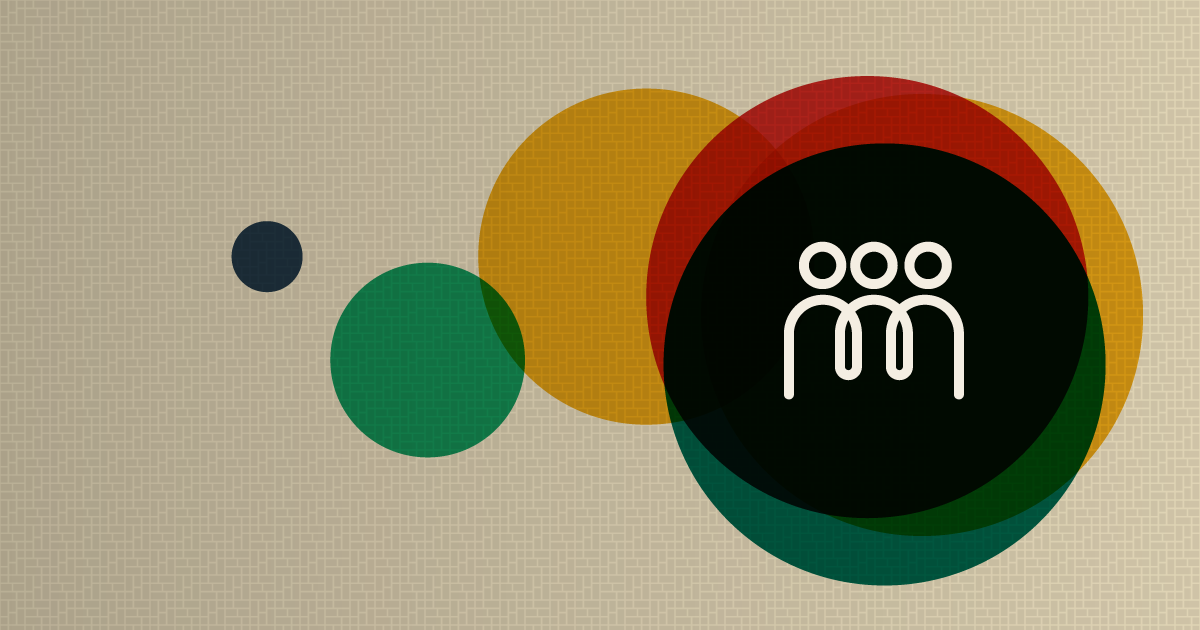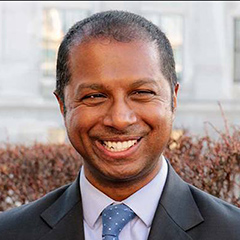The COVID-19 pandemic amplified some of the undeniable and unacceptable inequities in our society, and it finally feels like there is meaningful momentum to address the injustice of health inequities. Although we, the co-authors of this blog, welcome this incredibly important collective action to enhance health equity, as disabled people ourselves, we fear that current equity-focused work largely overlooks and excludes the 1 in 4 Americans with disability from efforts to center health equity and confront preventable health disparities.
In a recently released Health Equity Framework, the National Council on Disability and other disability-led organizations elevated an urgent call to include disability in health equity efforts. We share their view that a true commitment to health equity cannot exclude or marginalize disability. To support their call to action, we examine and argue why it is critical that people with disability are included in advocacy for health equity. We also recommend several concrete actions that organizations working to advance health equity can take to ensure people with disability are included in the research and policymaking process.
The problem: Layers of structural obstacles stand between disabled people and the best health possible
Traditionally, public health and the health care system have viewed disability as a health failure, inherently limiting someone’s quality of life. People with disability are assumed to have worse health than nondisabled people, making health disparities inevitable and inconsequential. These assumptions have led to harmful discriminatory practices such as institutionalization, involuntary sterilization, and instances of medical rationing that still go on today. This blatant disregard for the dignity of disabled people has eroded their trust in the health care system.
Lest you think these are problems from the past, consider prevailing measures, such as disability-adjusted life years and quality-adjusted life years, that weight a year of life with a disability as less valuable than a year of life without it. Assuming disabled people are only capable of living a fraction of a healthy life puts a ceiling on our ability to improve our health and thrive. Given these foundational assessments and assumptions, it’s not surprising that misconceptions and stigma are commonplace throughout the health care system. In a recent national survey of practicing physicians, 4 of 5 (82.4 percent) indicated that they thought people with a significant disability have worse quality of life than nondisabled people, despite research that has shown many people with serious and persistent disabilities report that their quality of life is good or excellent. Only 2 of 5 (40.7 percent) physicians were very confident they could provide the same quality of care to patients with disability. Finally, just over half (56.5 percent) of physicians surveyed strongly agreed that their practices welcomed patients with disability. This highlights a staggering level of stigma and a lack of preparedness to provide quality health care to patients with disability.
Keep in mind that people with disability also face significant transportation, architectural, and communication barriers that make accessing and interacting with providers difficult or impossible. The result is that disabled people lack access to preventive and routine health care.
People with disability often have multiple marginalized identities, meaning they face layers of oppression and inequities. For example:
- Non-Hispanic Black and Hispanic adults are more likely to have a disability than White non-Hispanic adults.
- Higher rates of people living in rural areas report having a disability.
- Disabled people are more likely to live in poverty, have lower education levels, and be unemployed or underemployed than nondisabled people.
Remedying the current health inequities that people with disability face would have far-reaching implications, benefiting every community. Consider the fact that many disabilities are acquired, so this is a population that anyone may join at any time. For example, an estimated 1.2 million more people are now living with disability as a result of long COVID.
The solution: Recognize that people with disability deserve good health and include them in health equity efforts
How can we seize this opportunity to ensure health equity efforts include disability? We’ve got to start from the premise that people with disability are capable of and deserve good health. Next, we need to take what we know and what we are learning about health equity and apply that lens to health disparities among people with disability. We have to recognize and understand the influence and impact of structural and social conditions on the experience of disability and, by extension, on health care access and health outcomes. Many people with disability do have poorer health than nondisabled people, but many issues related to health status are preventable and changeable. The following are ways to advance health equity with and for people with disability:
- Advocate for more high quality, representative data collection on disability. As the phrase goes, “Who counts depends on who is counted,” and, despite an established data standard for survey questions on disability status, collecting disability data is still flawed, fragmented, and rare. For example, there are tremendous untapped opportunities to improve disability-related data collection and quality of health care for this population through electronic health records.
- Have humility about what we don’t know or understand, and explore ways to strengthen equity efforts so they include people with disability. The experiences of those adjacent to people with disability (such as parents or agencies) are not a substitute for the lived experience of a disabled person.
- Build partnerships with providers and researchers dedicated to making sure that centering equity consistently includes a disability lens, whether by improving provider training, ensuring health system access, or advancing inclusive research and interventions.
- Ensure that our research and work are accessible and inclusive. Being an ally means championing and incorporating accessibility and inclusivity, from planning meetings to external reports and presentations. As disabled researchers, we’ve both participated in too many meetings focused on equity and social justice in which the disability population went unmentioned altogether. Often, our perspectives are silenced because of barriers that prevent our attendance or participation in efforts meant to elevate community voices. This is especially disheartening in spaces designed to advance equity-driven solutions. Accessibility must be an embedded practice, not a dusty guideline that we roll out only in certain circumstances. The good news is that normalizing accessibility benefits absolutely everyone.
Health equity research and policy must reject ableist notions that people with disability are not capable of good health and a high quality of life. Instead, we must embrace the idea that equity for all can only be achieved when we center intersectionality and include the disability community.



